1. Train physically for Everest Base Camp
Everest Base Camp (EBC) is a challenging trek, reaching 5,364 metres (17,598 ft), to trek to EBC you will do a rough average of 100,000 + total steps..
It’s crucial to be in good physical condition beforehand, you should focus on a training split between cardio and strength:
Cardio (Endurance)
- Hiking: Mimic the actual trek. Aim for multi-hour hikes with elevation gain. If mountains aren’t accessible, try stair climbing or an inclined treadmill.
- Hill Running: 30 minutes, 3 times a week.
- Cycling: Great low-impact option for building stamina.
- Swimming: Full-body workout that’s easy on joints.
- HIIT: Short bursts of intense exercise followed by rest. This simulates the trek’s uphill climbs and varying terrain.
Strength (Power & Stability):
- Lower Body: Squats, lunges, step-ups (mimics uphill walking), if you are advanced in training then do deadlifts. Focus on these as your legs will be challenged the most.
- Core: Planks, sit-ups/crunches. Core strength improves balance and helps carry your backpack comfortably, remember this will be on your back for several hours a day.
- Upper Body: Push-ups, rows (can use body weight or light weights). Upper body strength aids with trekking poles and manoeuvring uneven terrain.
Do some sessions at the Atltude Centre in London where they prepare you for a climb.
It’s key to start training several months before your Trek, don’t leave it last minute!
2. Get the right gear
Good quality clothing and footwear appropriate for the high altitude and changeable mountain weather is a must.
3. Book your trek and flights
Do your research and choose a reputable company that has a good safety record, here’s a few below:
A reputable tour guide will ask you to supply your travel insurance details.
Book your flights to Katmandu well in advance, especially if travelling during peak season (March-May and September-November).
4. Apply for a Nepal visa
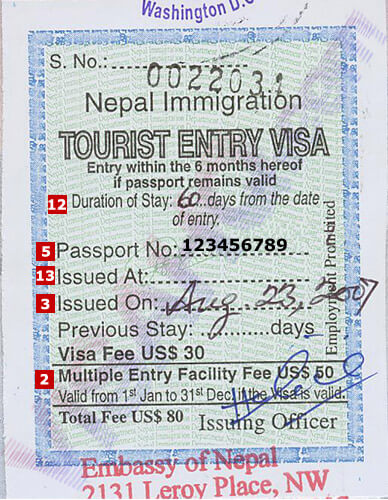
You’ll need a visa to enter Nepal. You can apply for a visa online on the Nepal Embassy website.
You may need to ask your reputable trekking company if you need a trekking permit too.
5. Get Travel Insurance
Altitude sickness is a serious risk on the Everest Base Camp Trek, Make sure you have a travel insurance policy that covers Emergency Medical and Repatriation back to the UK, as well as Search and Rescue cover,
We cover Search and Rescue up to £25,000 (silver) or up to £50,000 on our (Gold/Platinum) Schemes see information from our policy wording below:
Reasonable and necessary costs that You incur from a specialist local rescue organisation for search, rescue and emergency transfer to a hospital, in the event of an accident.
Search and Rescue costs are covered for a period not exceeding 72 hours from the time at which assistance is first summoned.
It’s important to make sure you declare any pre-existing medical conditions you have on your travel insurance.
If you hold an Annual Travel Insurance policy already and are looking for cover for just the Trekking Days we can cover this via our Provider Adventures, Get A Quote
6. Check your health

Get a full medical check from your GP before you go, and make sure you’re up-to-date on all your vaccinations when travelling to Nepal, you can find out more about vaccinations needed on our Nepal page
Altitude sickness can be exacerbated by underlying health conditions.
7. Be prepared for altitude sickness
Altitude sickness is a common problem on the Everest base camp trek, Here are the Top 10 tips for avoiding altitude sickness
8. Pack light
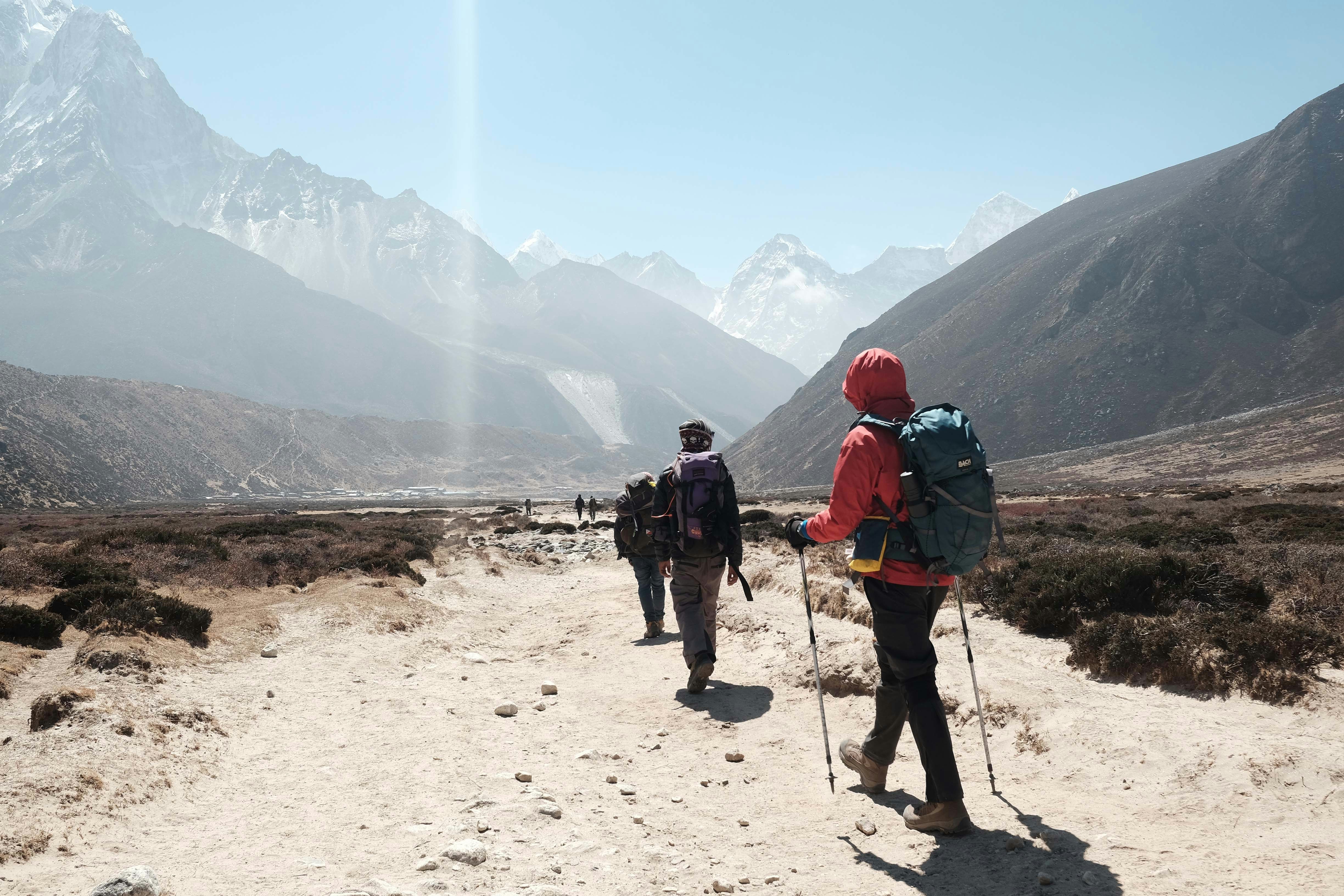
You’ll be doing a lot of walking, so it’s important to pack light. Only bring the essentials and try to stick to a weight limit of around 15kg for your backpack, remember your be wearing this for several hours.
9. Break in your boots
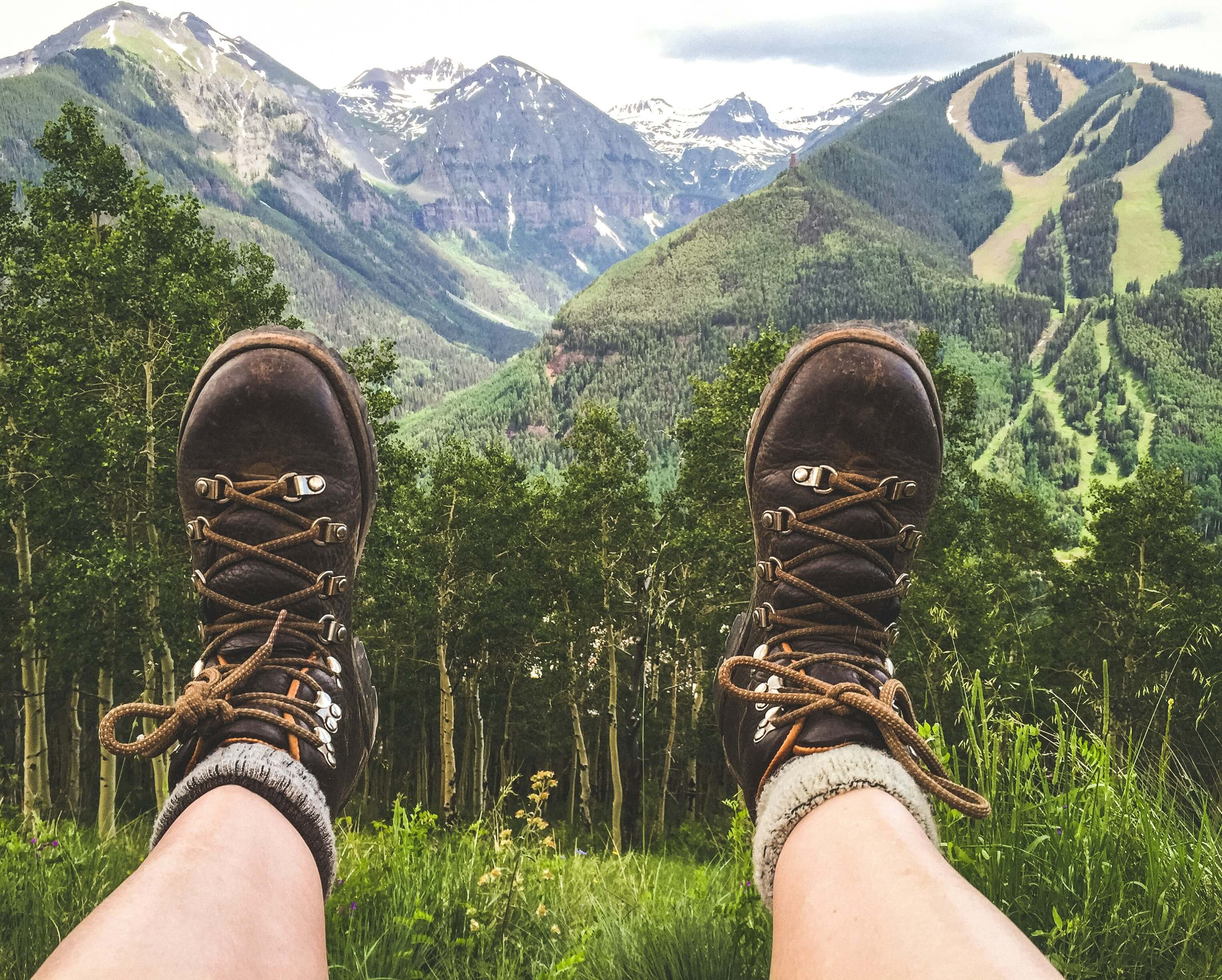
Make sure you break in your hiking boots before you go on your trek, consider doing some smaller-level treks like Mount Snowdon, and Ben Nevis.
This will help to prevent blisters, the last thing you need is uncomfortable Boots for a trek of this magnitude.
10. Be prepared for the weather
The weather in the Himalayas can be unpredictable. Be prepared for rain, snow, and sun.
Pack different types of layers so you can adjust to the changing conditions, remember the weight limit in point 8, with your bag being no more than 15 kg.
We also cover a number of other Treks such as Trekking Kilimanjaro, Trekking Morocco, Trekking up to 6,000 metres and more.

/Gold/Gold%20Trusted%20Service%20Award%20-%20Badge%20-%201x1.png?width=481&name=Gold%20Trusted%20Service%20Award%20-%20Badge%20-%201x1.png)
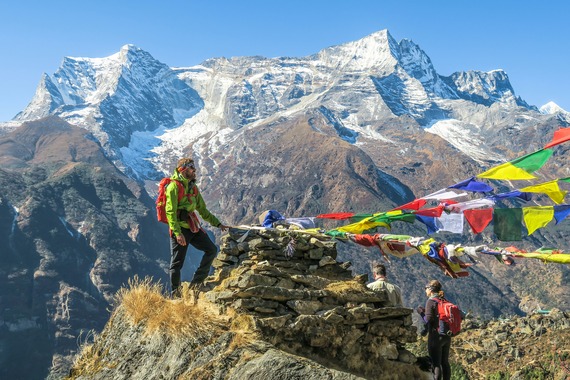
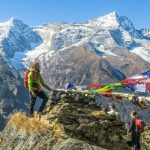






Recent Comments